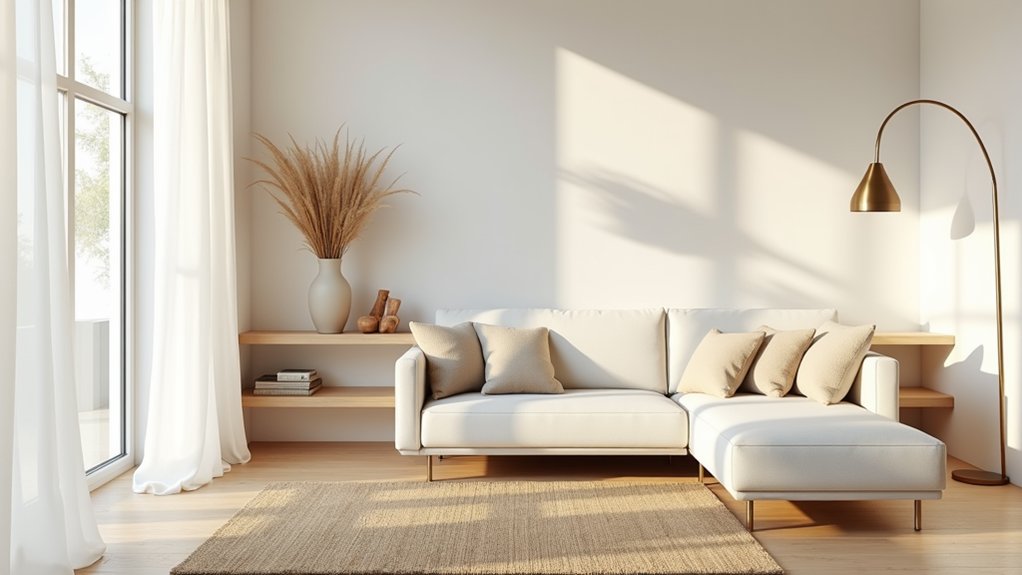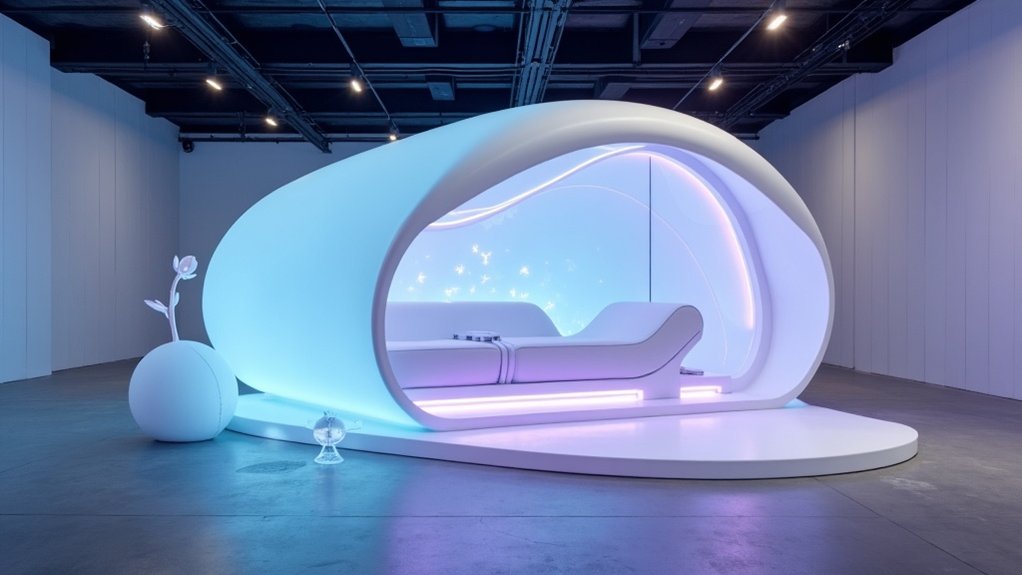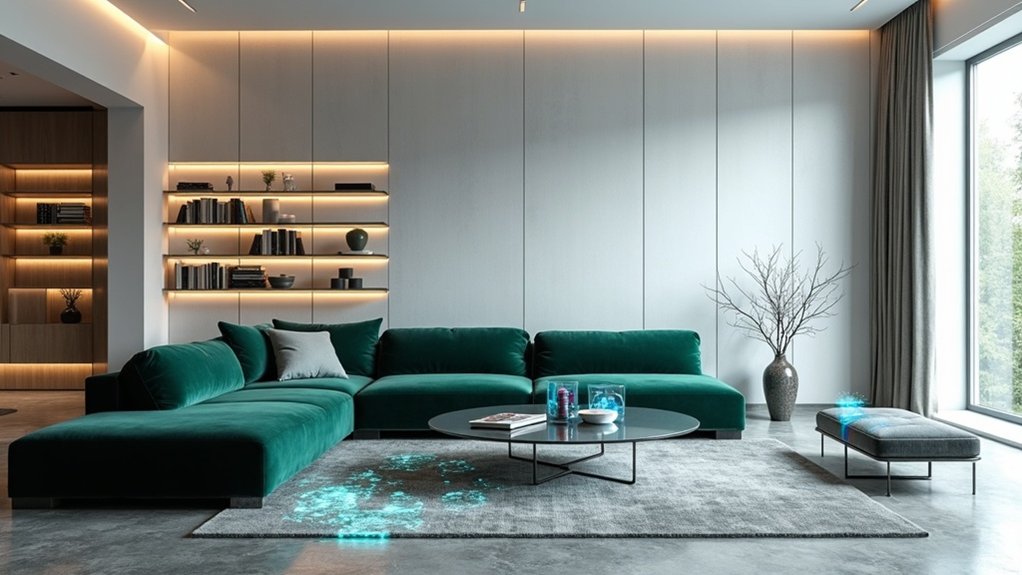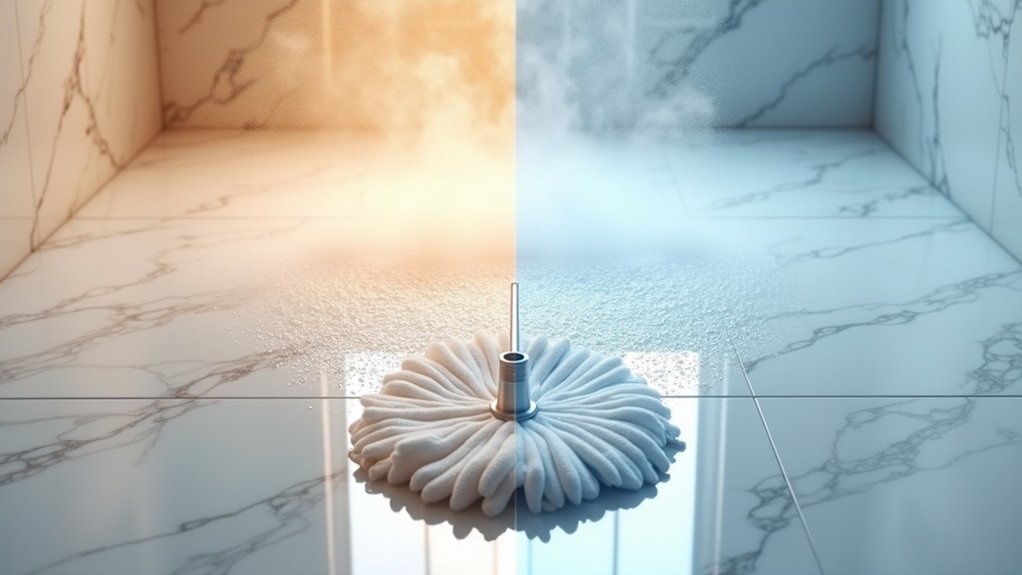Today’s home design environment seamlessly blends aesthetic appeal with practical functionality, as homeowners increasingly seek spaces that nurture both physical comfort and emotional wellbeing. The rising influence of Japandi and Scandinavian aesthetics demonstrates how minimalist principles can coexist with cozy elements, creating environments that feel both sophisticated and welcoming.
Interior designers are incorporating natural materials and organic textures to establish a strong connection with the outdoor environment. Stone countertops, bamboo furniture, and abundant indoor greenery work together to create spaces that feel grounded and authentic. The addition of wellness-focused spaces has become essential for modern homes. These spaces embrace curved forms to create more inviting, nurturing atmospheres. “The key is to layer these elements thoughtfully,” notes design expert Sarah Chen, “allowing each material’s intrinsic beauty to shine while maintaining visual harmony.” This approach aligns with the trend toward sustainable living that emphasizes eco-friendly practices in interior design.
While minimalism remains influential, contemporary spaces are embracing bold colors and patterns with newfound confidence. Deep purples and rich earth tones appear as accent walls and statement pieces, while carefully chosen patterns add personality without overwhelming the senses. This evolution reflects a broader shift toward personalized spaces that balance serenity with visual interest.
Functionality has become paramount, with multifunctional furniture solutions addressing the evolving needs of modern living. Modular sofas transform from daily seating to guest accommodations, while built-in storage maintains the clean lines vital to peaceful environments. These adaptable pieces prove particularly valuable in compact urban dwellings where space optimization is critical.
Modern homes demand versatile solutions, where every piece of furniture serves multiple purposes while maintaining aesthetic harmony and spatial efficiency.
Lighting plays an increasingly sophisticated role in contemporary design, with layered solutions creating atmosphere and supporting various activities. Smart lighting systems allow for seamless transitions throughout the day, while statement fixtures serve as artistic focal points. Natural light remains a priority, with sheer window treatments and strategic mirror placement maximizing its presence.
The movement toward timeless design elements reflects a growing awareness of sustainability and longevity in home décor. Mixing vintage pieces with contemporary elements creates spaces that feel curated rather than decorated, while investment in quality materials guarantees lasting beauty. This approach not only reduces environmental impact but also creates homes that tell personal stories while maintaining serene simplicity.






